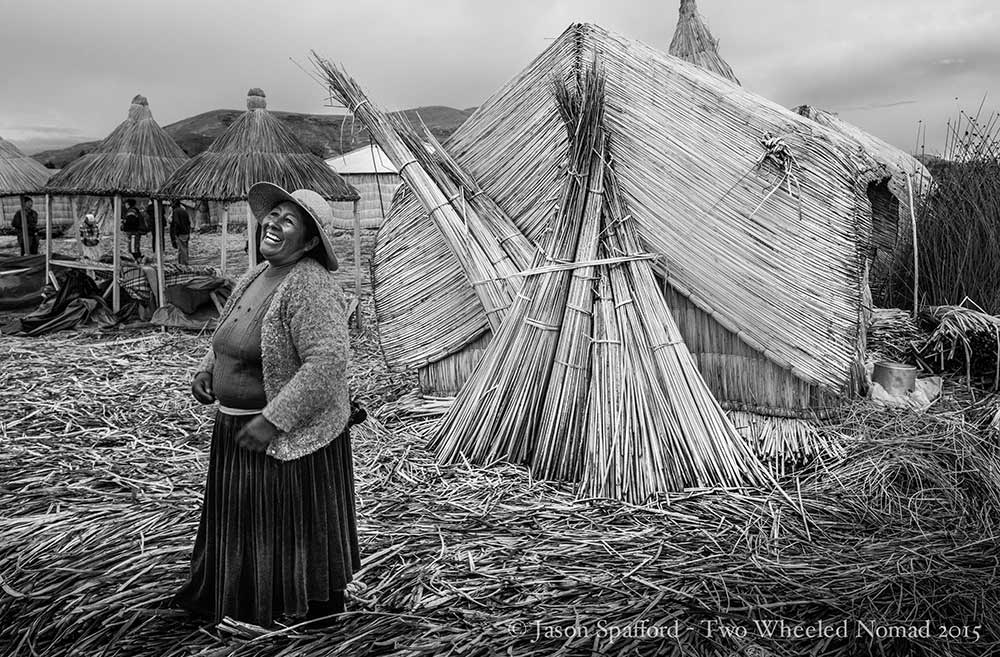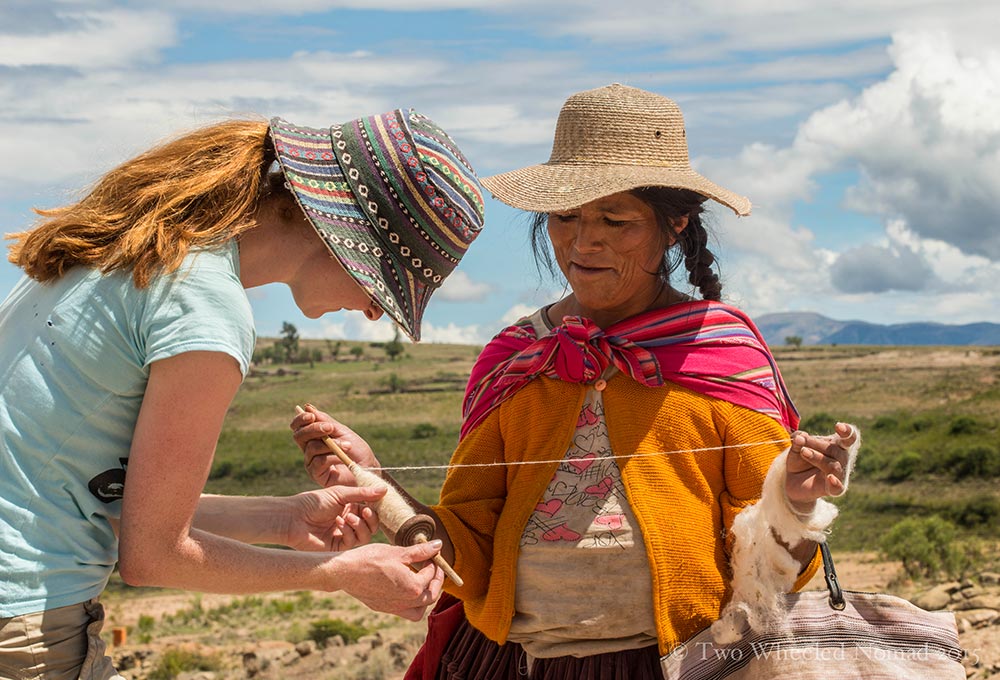Leaving La Paz wasn’t the cruisey ride I’d pictured. To begin with, we had some heartfelt farewells and heartwarming moto-hugs to dispense. Oscar reluctantly let us go and sent us on our merry way into the bedlam of downtown La Paz. Getting out of the city meant getting well and truly stuck in it first. Busy with barminess, I hovered over and hit my horn like I was signaling Morse code: ‘Get-me-out-of-here!’ A veritable racket and tantamount to ten times the danger of Bolivia’s disreputable Death Road. Sandwiched between Toyota Town-Aces and Hi-Aces, my panniers scraped and scratched like nobody’s business. A fit of fury stuck halfway down my throat, like a sneeze that refused to come. Mind unraveling to become somewhat discombobulated, I gritted my teeth and remained undeterred, at least outwardly.
lapaz
25 Jan 2015 – The Road of Death on motorcycle
An 11,000-foot descent, sheer drops and 200 plus deaths a year: welcome to Bolivia’s Road of Death, the terrifying route tourists love to two wheel down. Its official name is Camino a las Yungas but it’s best known as La Carretera de la Muerte, the Road of Death. It’s not just a name either: the gorgeously lush, winding 64-kilometre route that links La Paz with the town of Coroico was and is still considered one of the deadliest roads in the world. Just one of many in Bolivia.
13-24 Jan 2015 – Leaving footprints in Torotoro & a present from La Paz
With the misadventure of missing the Dakar from Salar de Uyuni having passed, we wished the moto Olympians well for the remainder of the race (from afar), and scampered back to Sucre with a tail between our legs. Refuelled and rested in Bolivia’s constitutionally recognised capital, we scurried the 200 odd miles over rutas 5, 23 and 7 leading us into the urban sprawl that is Cochambamba. The streets were saturated with photocopier shops, crammed in between kiosks bursting with processed junk, chips and salsa, banks of candy and great walls of electrified soda.


